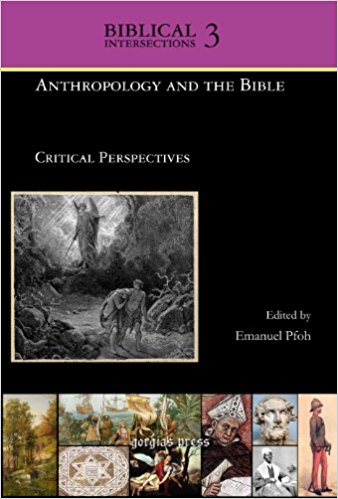Excerpts from Philippe Wajdenbaum’s Argonauts of the Desert (related to an earlier post, Biblical Scholars, Symbolic Violence, and the Modern Version of an Ancient Myth) where he draws upon the study of structures of myths by anthropologist Claude Lévi-Strauss:
. . . to give an interpretation of a myth is to create a new variant of it. (p. 21)
As we have seen from Lévi-Strauss … any interpretation of a myth is a new variant of it. (p. 28)
We have seen that many myths come to us with all sorts of variations. Each variant of a myth is another retelling of the same myth. This includes scholarly recreations of myths:
Most faculties dealing with biblical scholarship are theology faculties; therefore they seek a rational version of the divine inspiration of the Bible. (p. 28)
To quote from Lévi-Strauss directly:
[A] myth is made up of all its variants, [therefore] structural analysis should take all of them into account. (p. 435)
On the other hand, it cannot be too strongly emphasized that all available variants [of a myth] should be taken into account. . . . There is no one true version of which all the others are but copies or distortions. Every version belongs to the myth. (p. 436)
That is, Bart Ehrman’s apocalyptic Jesus, Morton Smith’s magician Jesus, Stevan Davies’ shaman healing Jesus, Crossan’s cynic philosopher Jesus, Sara Parks’ feminist Jesus, are all variants of the biblical Jesus myth and stand alongside the Gospel fo John’s divine Jesus, Matthew’s new Moses Jesus, Mark’s mysterious unfathomable Jesus, Thomas’s gnostic Jesus, and so on. There is a Jesus for every ideology, for every whim, for every value: violent warrior, pacifist victim, defender of the oppressed, merciless judge of all who defy him, a presence always with us, a distant being who will be present in the future, etc etc etc.
How is it that the Jesus stories have captured imaginations all through these past two millennia?
Wajdenbaum proposes that the reason for their durability is that “they help maintain the Bible’s sacred character”
Most scholars still view the Bible from a theological perspective. We could even say that as long as modem society, which claims to be secular, has not recognised the Hellenic character of the Bible, that secularisation is not complete. Behind a so-called liberty, the biblical monument remains untouchable. Anything said about it must contribute to its mystique. ‘To uncover its nakedness’ would be the most terrible assault on Judeo-Christian decency. (p. 29)
Wajdenbaum, not unlike Russell Gmirkin and M. David Litwa, identifies Hellenistic or Greco-Roman myths as having spawned much of the biblical characters and narratives.
From the point of view of scientific epistemology we can try to understand why a systematic and we profound comparison of the Bible with classical Greek literature has not been published until today. Again, the answer is simple: the Bible could not resist such an analysis as it demonstrates how almost every biblical narrative finds accurate parallels with Greek myths. If believers of Jewish and Christian faiths were aware of this, then the Bible could lose its credibility. Biblical scholarship has done all it could to maintain the Bible as a sacred text that is still relevanl to modern society, as Hector Avalos argues. In his polemical book he calls for an end to modem biblical studies. Sociologist Pierre Bourdieu has explained how university scholars use symbolic violence to ensure their authority in their field. By presenting themselves as a legitimate institution, university scholars impose an arbitrary knowledge that is recognised by the masses as legitimate. But this intellectual domination is not completely passive; It comes from the demands of society. As both Avalos and Bourdieu (in their respective works) have put it, the media industry—the press, movies and television—plays an important role in the continuation of either the sacred character of the Bible or symbolic violence. The biblical field created theories that have allowed the Bible to survive only because masses of believers wanted it to.
So is it possible to do historical studies without creating another variant of biblical myth? I’ll address that question in a future post.
Lévi-Strauss, Claude. 1955. “The Structural Study of Myth.” The Journal of American Folklore 68 (270): 428–44. https://doi.org/10.2307/536768.
Wajdenbaum, Philippe. 2011. Argonauts of the Desert: Structural Analysis of the Hebrew Bible. London ; Oakville: Equinox Pub.


